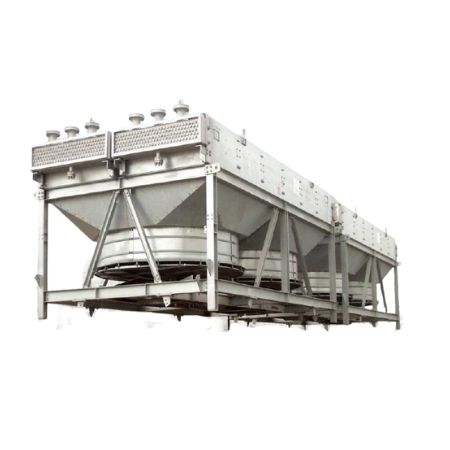Description
Techtrans Engineers is a company that ensures that all of its operations are carried out and completed to the highest standards. We are well-known for producing Shell and Tube Heat Exchangers that precisely fulfil the needs of our customers. We also have a team of skilled and trained engineers with a lot of expertise that will listen to your needs and help you make the best decision. We offer standardised product lines for the best price/quality ratio, as well as customised designs for the most challenging solutions in power generation, marine, oil & gas, refrigeration, and a variety of other industries.
We distribute and manufacture Shell and Tube heat exchangers using cutting-edge technology. It is made up of several tubes that are installed inside a barrel-shaped casing. Two liquids can transfer heat to each other by sliding one fluid over the tubes’ exterior and the other fluid inside the tubes. The shell and tube exchanger is made up of four major components. First, liquid enters the tube-side of the exchanger through the front header. Multiple tube side passes re-enter in the front header of exchangers in the rear header tube side liquid leaves the exchanger. The tubes, tube sheets, baffles, and tie rods that hold the bundle together are all included in the tube bundle. And Shell is the tube bundle’s container.








